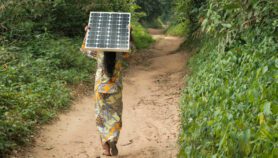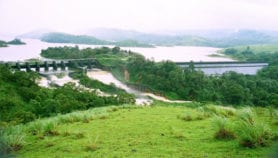Send to a friend
The details you provide on this page will not be used to send unsolicited email, and will not be sold to a 3rd party. See privacy policy.
Rwanda, home to Africa’s largest solar power plant, is eager to harness renewable energy to ensure economic development. But its grand ambitions face many challenges.
The US$1.3 million plant, known as Jali, is covered in 4,000 solar panels covering 2,880 square metres. It produces 325,000 kilowatt hours of electricity a year — but this is still just 0.1 per cent of Rwanda’s total electricity production.
"It’s a great way of generating energy. It is free, there is plenty of it and it does not pollute," says Anthony Simm, director of the plant. "The problem is the costs. Solar panels have gotten cheaper lately but they are still expensive."
Running the plant is also a costly affair, hampering any plans to expand it and produce more solar energy for the country.
"We definitely want to use more solar power but we can’t raise the price of electricity," says Augustin Hategeka, from Rwanda’s Ministry of Energy.
Lack of access to electricity has downstream effects. It stifles government’s efforts to promote the country as a communications hub. And free school computers given out by charities are useless if there is no electricity to run them.
The country’s officials recognise the need for improving energy access to boost development, but in the meantime, small solar power units installed on the roofs of schools and hospitals are improving the situation.
"We want to give every pupil computer training, which will be an important base for their later lives," says the headmaster of Rwebare secondary school in Nyagatare, in the northeast of the country. "With solar all our problems are solved, and each and every one of the students will become computer literate."













